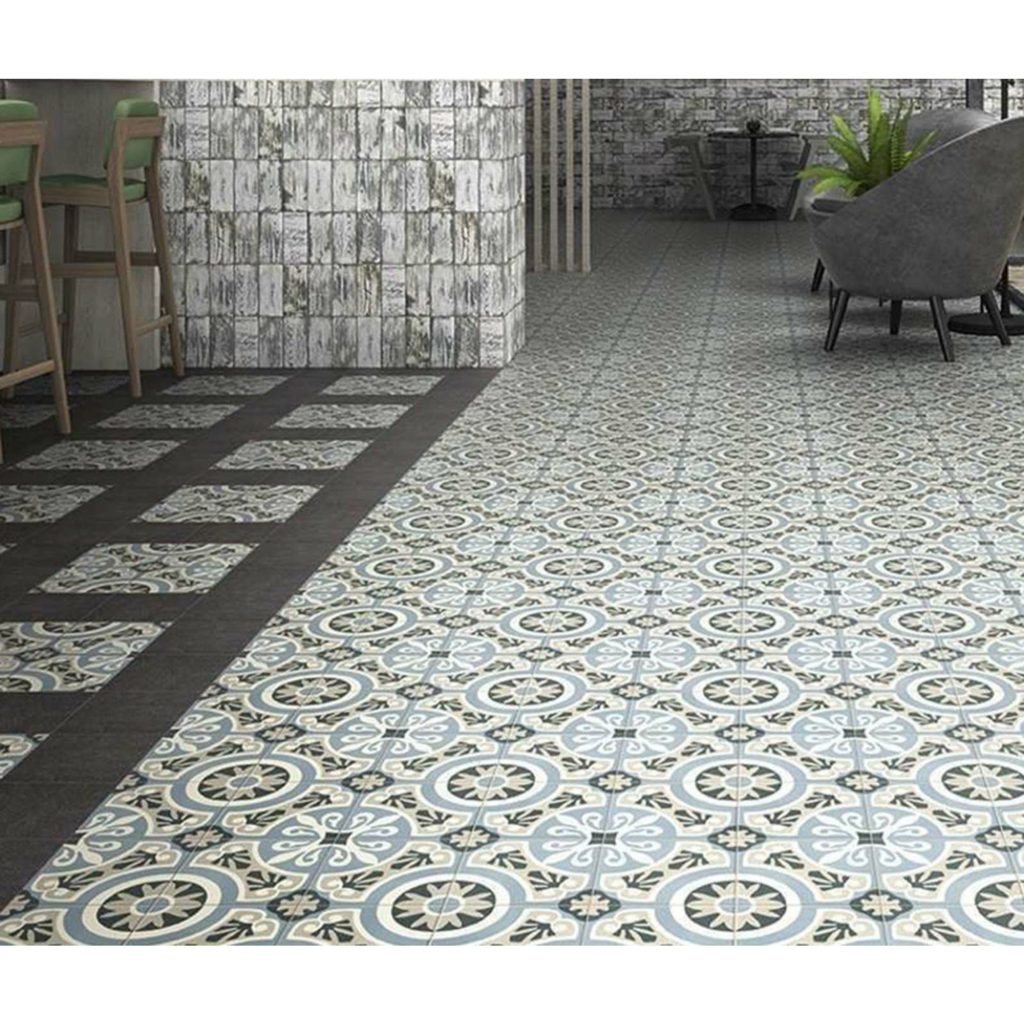Probably one of the most memorable periods in history is the Victorian Age, so named after the British monarchy’s Queen Victoria. During her reign, agriculture began to decline to give way to the boom of the arts, including theater. It gave birth to the likes of Charles Dickens and William Shakespeare.
It was also a period of the first Industrial Revolution, which made more affordable supplies, and comprehensive exploration. These two played significant roles in the adoption and popularity of the so-called Victorian floors worldwide, especially in America.
What Are the Victorian Floors?
These days, people will never seem to run out of choices when it comes to flooring materials. Flooring installers can already work with hardwood, vinyl, and even luxury vinyl, looking like real wood.
Designs are just as abundant, and some of them may have taken a hint from the floors that became the norm during the Victorian Era.
When one speaks of the Victorian floor, they are likely talking about the intricately patterned tiles that appeared on the pavements, streets, and all the way to hallways and other high-traffic areas of houses.
The kinds of tiles used outdoors and indoors look the same, but they have distinct qualities. Those found on pathways or walkways may already be vitrified ceramic tiles.
The history of ceramic tiles is both long and politically charged. While some information suggested that it began in Ancient Egyptian, more believed it was the Romans who made it more modern.
Note, though, that the Romans might have also learned at least the basic techniques from the Egyptians, when they conquered the lands. Then, when they moved toward Europe, they introduced the product, particularly to the upper classes at the time.
Either way, while ceramic tiles were incredibly beautiful and, as it turned out, were capable of displaying a wide array of gorgeous patterns. But they were also porous. This means that when exposed to water, they could absorb it.
With vitrification, the makers could add quartz, feldspar, or silica along with ceramic to make these tiles less porous. In turn, they would last long outside since they could already withstand both snow and rain.
The Victorian tiles indoors were a different story. They seemed to be more elaborate in design than the ones found outside. It could be because they were inspired by the flooring found in churches, which were quickly populating England during this period.
Before, these tiles were most common in stately houses, whose residents could afford the high price. When the cogs of the Industrial Revolution began turning fast, tile manufacturers could now mass-produce these prized items, bringing their prices down.

Victorian Tiles Arrived in America
In the United States, the most popular type of flooring was wood. This isn’t surprising since, before the Europeans came, huge tracts of land were home to dense forests. In other words, getting the primary floor material was not a problem.
However, because these trees were gigantic and wide, they were not the easiest to cut. It would normally take plenty of men to bring these trees down, bring them to the sawmill, and cut them into planks that buyers could use.
For this reason, the hardwood flooring, while sturdy, was also humbler-looking than what one would likely see in a Victorian house in England. There, houses were already applying designs on their hardwood—a technique called parquet.
By the early 1600s, the first English colony appeared in Jamestown, Virginia. By 1650, the English already had a prominent presence in the Atlantic region. Thus, it didn’t take long before sweeping changes occurred in America, including inside the homes.
Homeowners, for example, started buying rugs and carpets after an English inventor Edmund Cartwright built the first patented power loom in the 1700s. These materials provided more warmth for the feet and helped conceal the visual problems of their hardwood flooring.
By the 1800s, Queen Victoria began her reign, and the United States saw more English residents finding their way into the country, bringing with them their artistic culture and architectural styles. Eventually, hardwood gave way to the same tile flooring that became a huge hit back in Europe. Since then, the flooring style has lived on.
Buying patterned tiles may be more expensive, though, because of the techniques and time that went into designing each. Fortunately, those on a budget can trade durability to buy vinyl, which is cheaper, easier to install, and more convenient to maintain.




